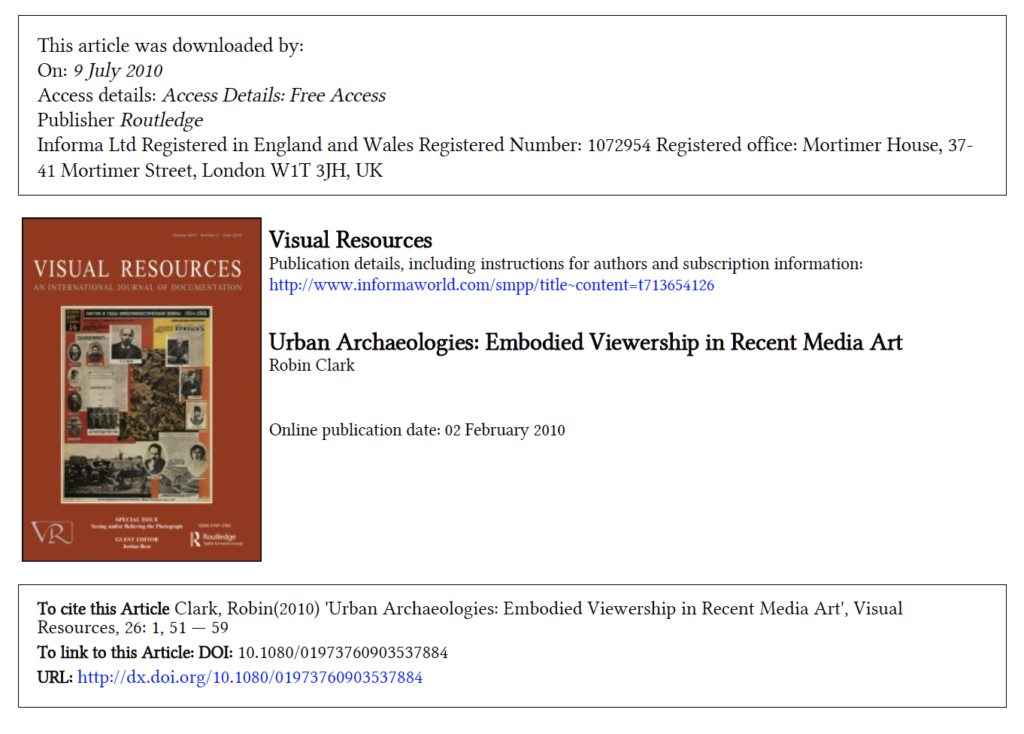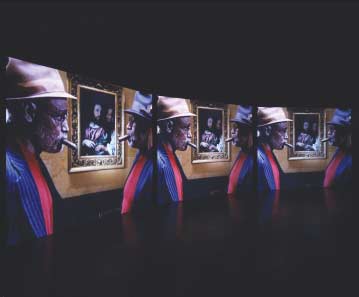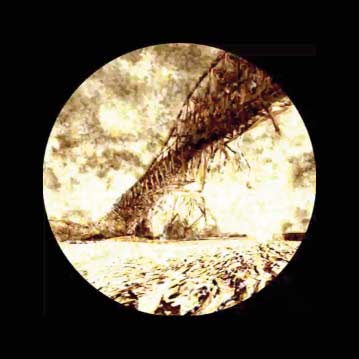READING
Visual Resources

Urban Archaeologies: Embodied Viewership in Recent Media Art
WHAT IS IT ?
This essay is about three contemporary media artists who use strategies of self-reflection and specific functions to investigate the role of memory and personal agency in the urban experience. In the process, the three artists use a range of technical and aesthetic methods to excavate images of the real and imagined city and to highlight the subjectivity of the viewer within them. The immersive quality of Julian’s lush, multi-channel installation presents a fascinating yet fragmented narrative about Baltimore’s past and imagined future in the flexible genre of science fiction.The isolating effect of the parabolic speakers in Buckingham’s installation foreshadows the trajectory of the visitor through the gallery space: directly below the speakers, one is engulfed in sound and isolated from others, while any other location in the gallery is a social space with a metronomic cast of slides for a shared audio experience. The porthole perspective of The Iron City visually locates the viewer within the cabin, but the motion tracking software in Matthew Ritchie’s installation allows the viewer to influence the visual and audio sequences of The Iron City through physical movement within the gallery space. The narrative of The Iron City deals with the rise and fall of the city, and a range of possible outcomes (depending on the viewer’s input) resist the closure of interpretation.



DOES IT CONNECT TO YOUR PRACTICE ?
It is relevant, my major is communication design, which is included in interaction design, and although the content of that article is about the relevance of memory and the individual in the urban experience, I think this interactive selective way of exhibiting and visiting is also included in interaction design, which is exactly related to my major. These exhibitions use the subjectivity of the viewer as an entry point, and the final sequence of content presented is related to the viewer’s choice. It is constantly moving and changing according to the user. This is expressed in interaction design as a ‘user’-centric approach, using mobile devices as the final form of presentation of the design content. By understanding the above, I have gained a new perspective that interaction design is not limited to mobile devices and that the concept of user-centred design can be reflected in a variety of presentation methods.